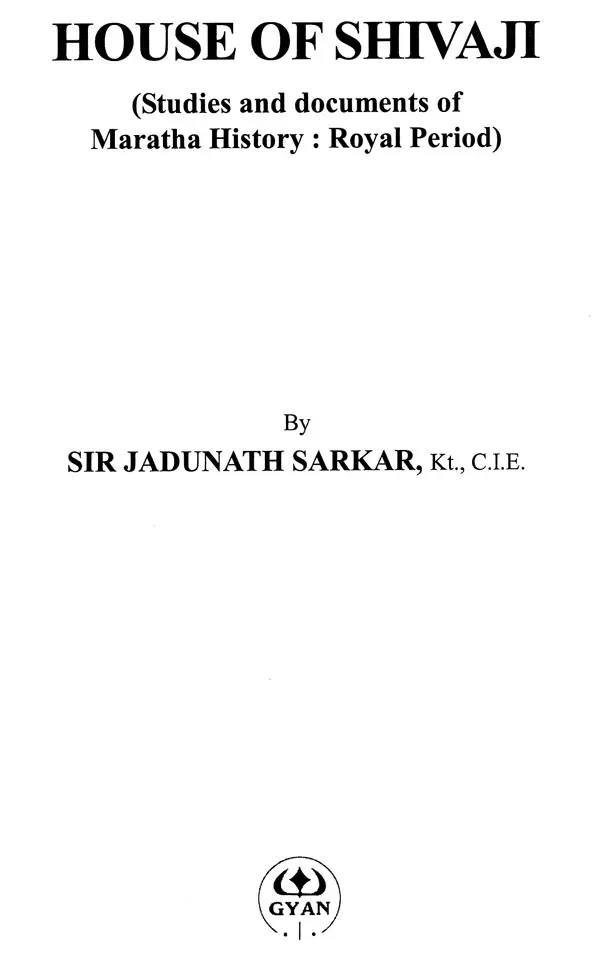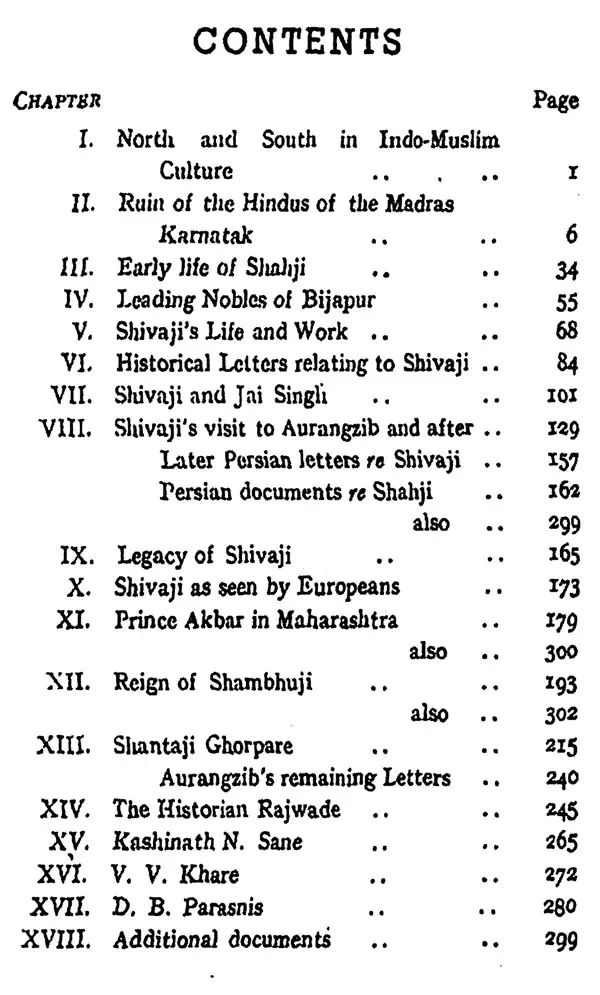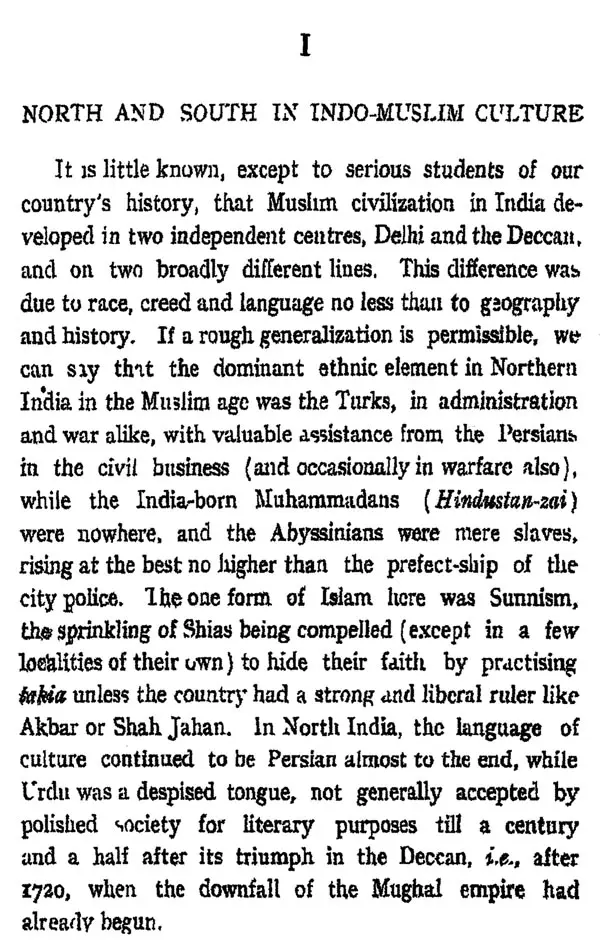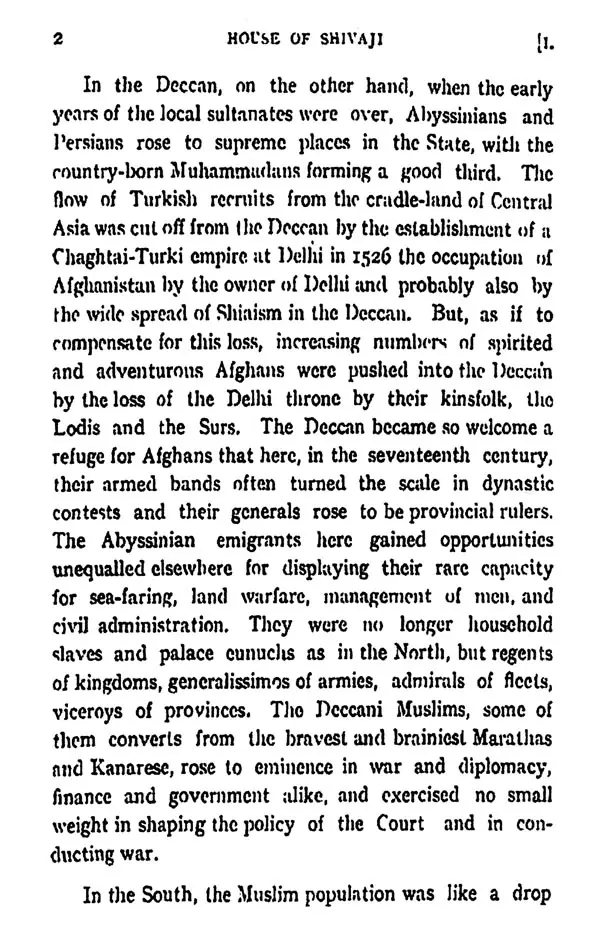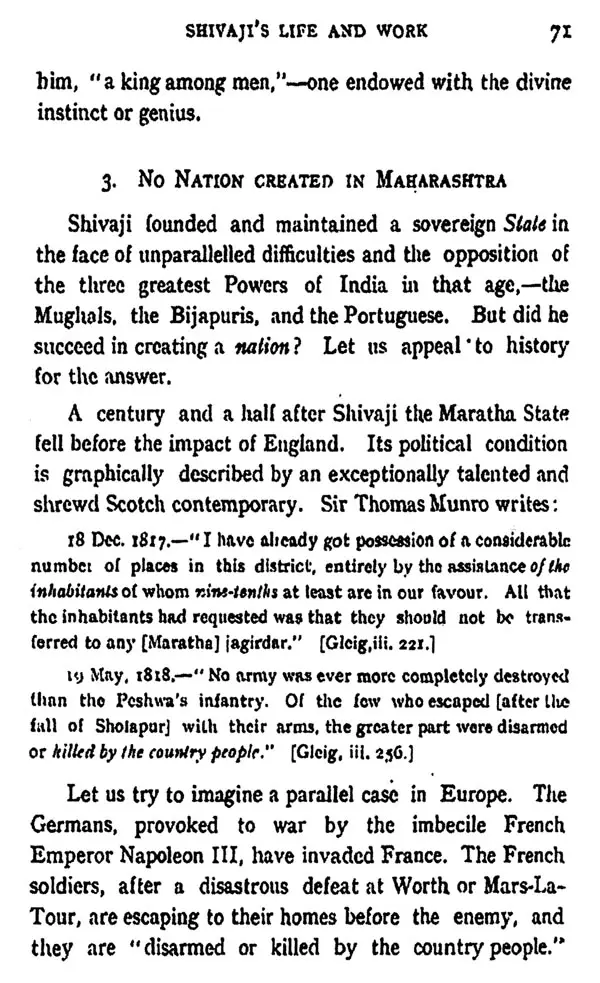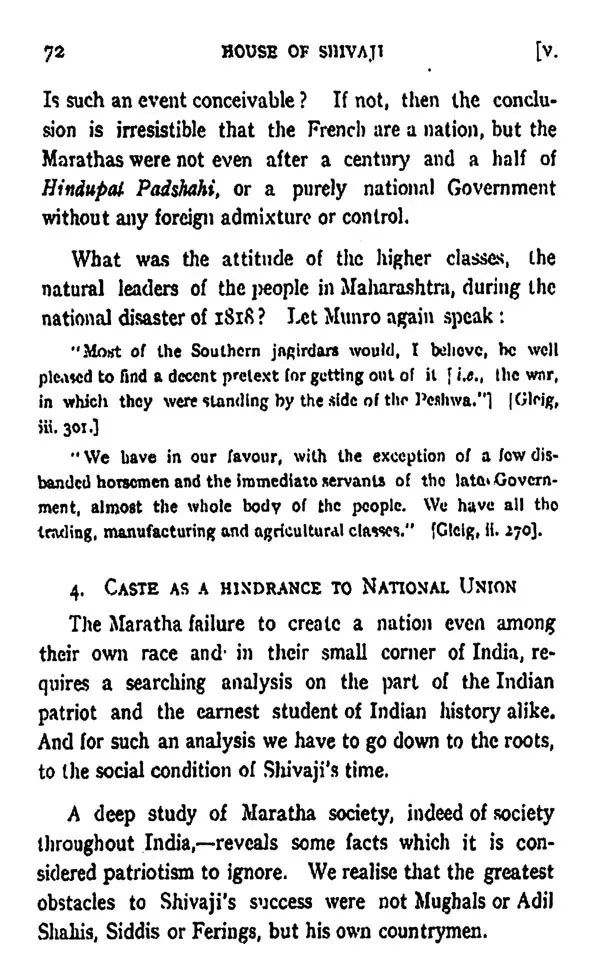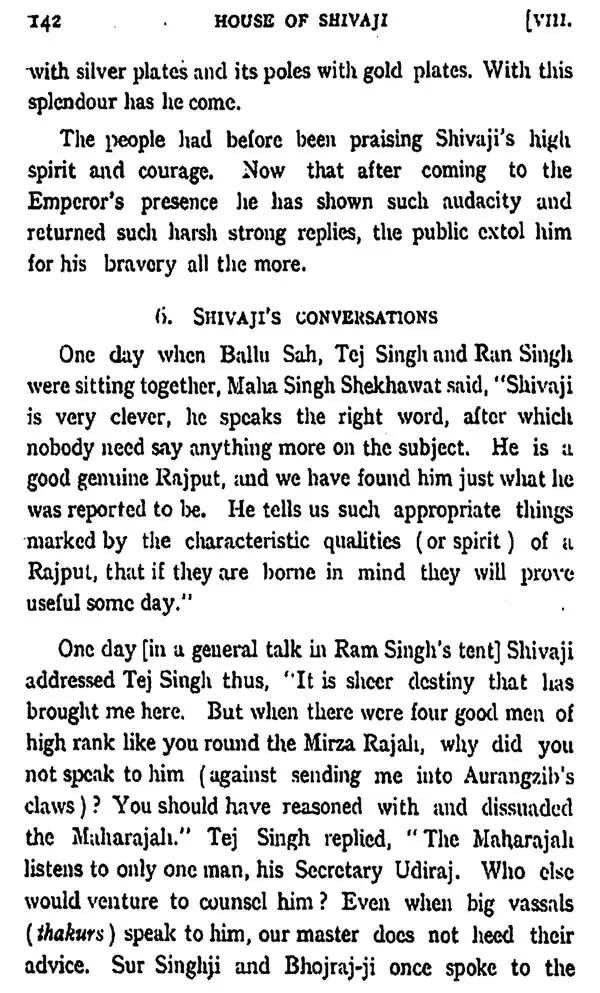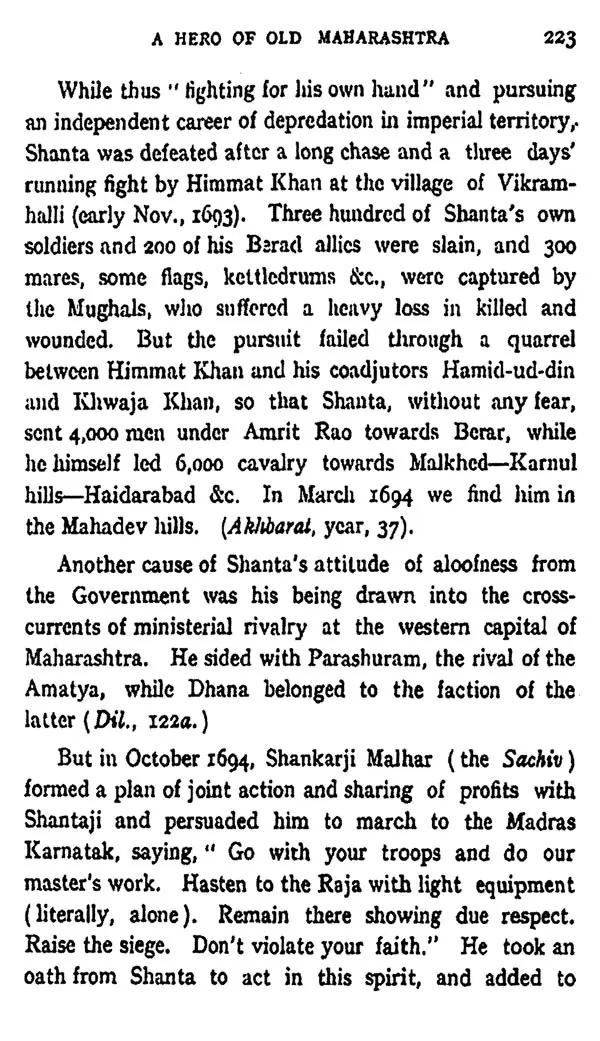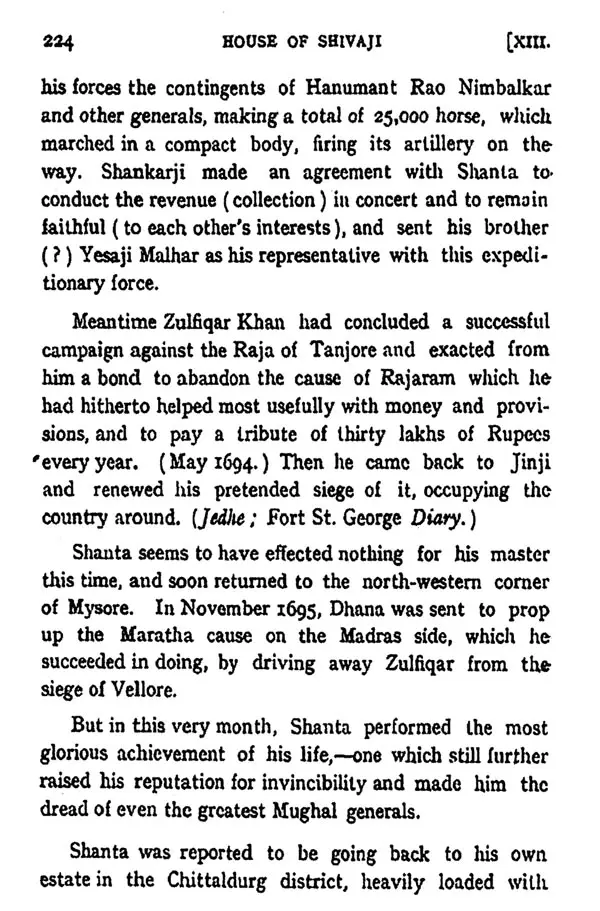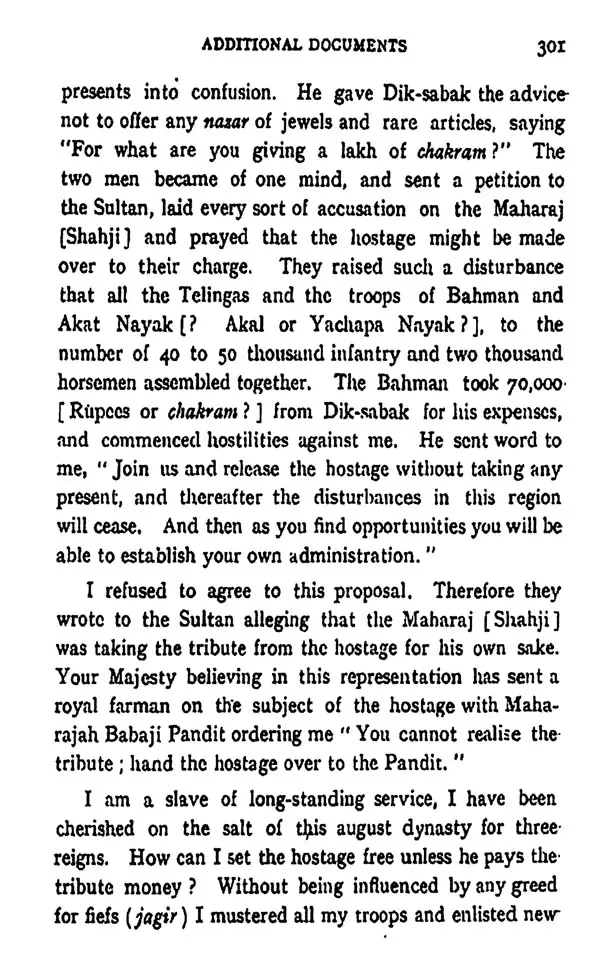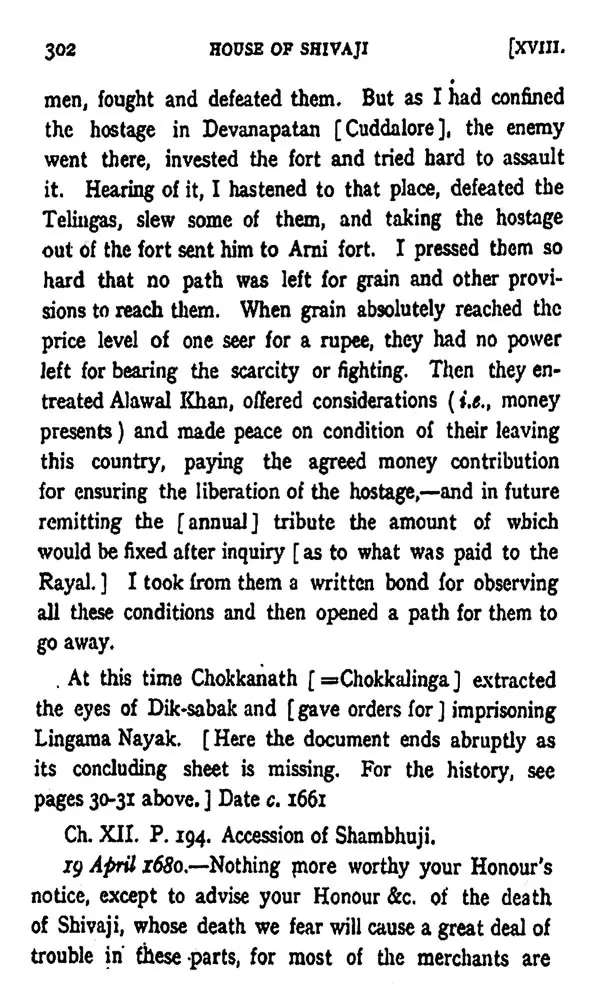About the Book This book contains writings on the 'Royal Period (1626-1700), as distinguished from the 'Peshwa Period' of Maratha history, and added a long life of Malik Ambar (from original Persian sources) and biographies of four eminent Marathi historical research-pioneers, Rajwade, Sane, Khare and Parasnis. The materials have come from Persian manuscripts (patiently gathered during a life-time), newly discovered Rajasthani despatches, Portuguese documents, French books, English factory records, and Marathi works brought to light only in the twentieth century, besides notes observed and heard during scores of visits to Maratha lands since 1907 by the author. Thus intimate personal information about Rajwade was secured at Dhulia where he died, and similarly about Parasnis at Satara and Poona.
About the Author Sir Jadunath Sarkar CIE FRAS (1870-1958) was a prominent Indian historian and a specialist on the Mughal dynasty. He graduated in English from Presidency College, Calcutta. In 1892, he topped the Master of Arts examination, in English at Calcutta University and in 1897, he received the Premchand-Roychand Scholarship. Sarkar's works faded out of public memory, with the increasing advent of Marxist and postcolonial schools of historiography. Academically, Jos J. L. Gommans compares Sarkar's work with those of the Aligarh historians, noting that while the historians from the Aligarh worked mainly on the mansabdari system and gunpowder technology in the Mughal Empire, Judunath Sarkar was best remembered for his historical works, including: A History of Jaipur, Military History of India, A History of Aurangzib (in 5 volumes), Studies in Mughal India, and Mughal Administration.
Preface For the convenience of students of Maratha history, I have collected together in one place in this volume all my writings on the "Royal Period" (1626-1700), as distinguished Imm the "Peshwa Period," together with critical biographies of the four eminent Marathi historical research-pioneers, Sane, Kajwade, Parasnis and Kharo. My life of Malik Ambar published in the Indian Historical Quarterly in September 1933, has been left out fur treatment on a much ampler scale subsequently.
Book's Contents and Sample Pages
